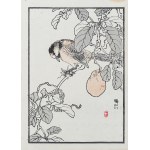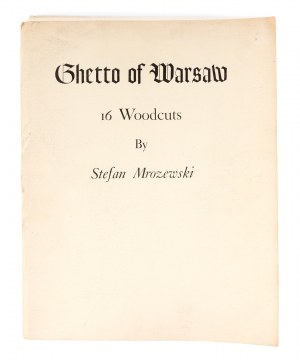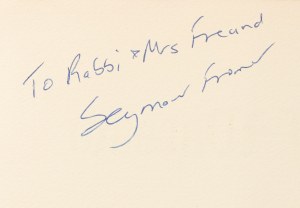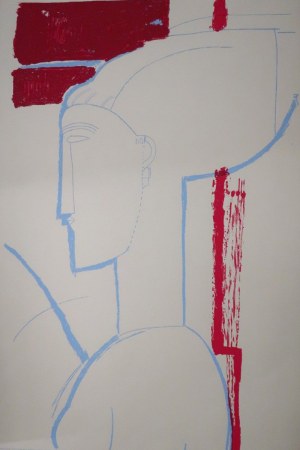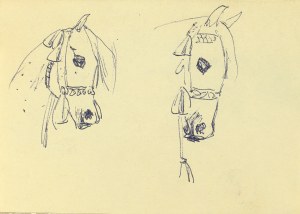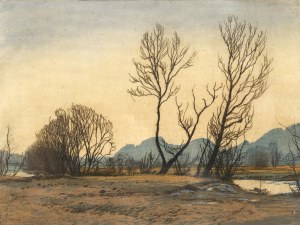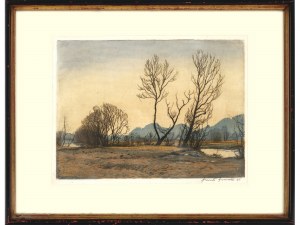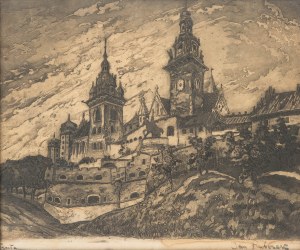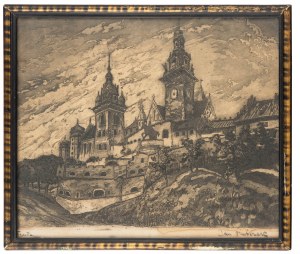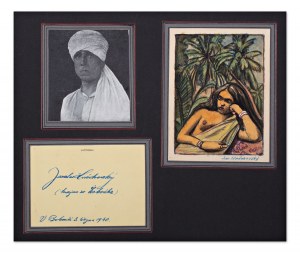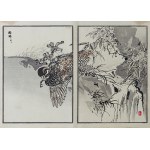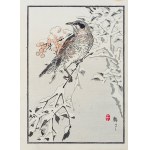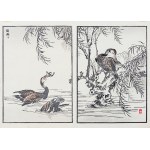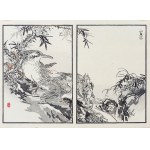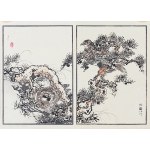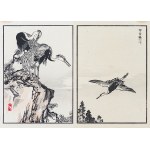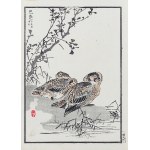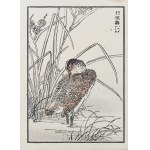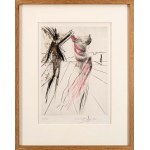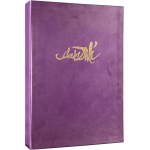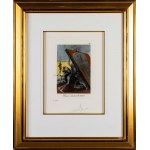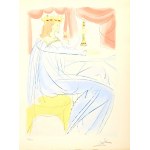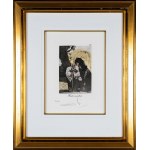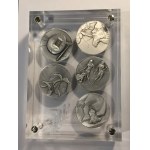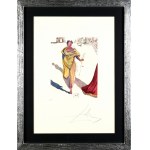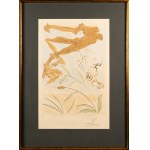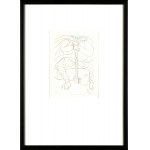Japanese woodcut, ink, paper, 23x16.5 cm (paper size of a single print from the set), artist's signature
An analogous woodcut is in the collections of the Metropolitan Museum of Art in New York, the British Museum in London and the Art Institute in Chicago,among others. The work is from an album entitled: Bairei hyakuchō gafu (Album of Bairei with paintings of a hundred birds) published in Tokyo in 1881-1884 (Meiji 11-14) in collaboration with Okura Magobei. This album is registered under the number 40070693 at Japan's National Diet Library.
Kōno Bairei (1844-1895) He was born as Yasuda Bairei and lived in Kyoto. He was a member of the Maruyama-Shijo school and a master of kacho-go painting (depictions of birds and flowers) during the Meiji period in Japan. In 1852, he began studying with the painter of the Maruyama school, Nakajima Raisho (1796-1871). After Raisho's death, Bairei studied with the master of the Shijo school, Shiokawa Bunrin (1808-77). He opened an art school in 1880, and his students included Takeuchi Seihō, Kawai Gyokudō and Uemura Shōen. His works included prints of flowers, birds and landscapes with a touch of Western realism. His most famous work is Bairei hyakuchō gafu (Album of Bairei with Paintings of a Hundred Birds) published between 1881 and 1884. In 1893, Bairei's artistic and commercial success was honored by his appointment to the Art Committee of the Imperial Court.
Kono Bairei's magnificent series "Bairei hyakuchō gafu" was published in three volumes in 1881, with a supplement containing new designs in 1884, also in three volumes. The volumes are titled Heaven (Air), Earth and Water. These beautiful woodcuts depict birds in their natural habitat, among trees, flowers and plants, in different seasons. Carefully observed and drawn with fine calligraphic lines, these prints are excellent examples of kacho-e Bairei (bird and flower prints). The woodcuts were done in black with shades of gray and soft orange.
The term "kachō-ga" in Japanese is a combination of three words: "ka" - flower, "cho" - bird, "ga" - painting, so it literally means paintings of flowers and birds. In Far Eastern art, it is one of the leading artistic themes. It also encompasses plants, grasses, trees, animals, fish, insects - in fact, the entire living natural world except humans and landscapes. Kacho-e prints were highly regarded for their beauty and accuracy, and were widely collected both in Japan and abroad. The popularity of the prints was due in part to their reflection of traditional Japanese values and aesthetics, which placed a high value on harmony with nature. The woodcuts were often imbued with symbolic and allegorical meaning, such as the association of certain birds or flowers with certain seasons or features. The kachō-ga masters were driven by both expression and emotion; they succeeded in capturing the colors and delicacy of flowers and the behavior of birds in the wild. Saturated with metaphorical meaning beyond their physical beauty, specific pairs of birds, insects and flowers became the basis of a tradition that continues to this day.




